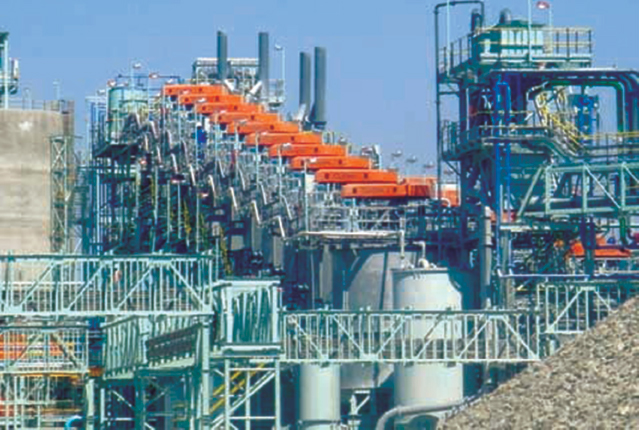Ngezi platinum mine collapses, Production slashed 50pc, Geological challenges cited

 Lloyd Gumbo Senior Reporter
Lloyd Gumbo Senior Reporter
Zimplats averted disaster on Thursday when the platinum mining giant timely intervened to evacuate workers and activate its emergency systems after one of its four mines, Bimha, caved in, resulting in production being cut by about 50 percent.
Bimha was Zimplats’ largest producer, with the others being Mupfuti, Rukodzi and Ngwarati.
It would take the mining giant about four years to recover from the loss.
Zimplats chief executive officer Mr Alex Mhembere said in a statement that proactive response from the management team led to timely evacuation of all personnel, without giving figures on how many workers were at the mine when it collapsed.
He attributed the collapse to increased deterioration of ground conditions “associated with a major shear, the Mutambara Shear, that transgresses through half of the mining area”.
He said no injuries or damage to mobile equipment had been reported.
“The fault was first identified in 2011, but has become more problematic over the last year both along the declines and within the sloping footprint of the Bimha Mine,” said Mr Mhembere.
“A number of initiatives to address regional ground stability and employee safety have been undertaken during this period at a cost of more than US$6 million.
“However, despite these efforts, significant and accelerated ground deterioration was observed from May this year.
“Information gained from ground monitoring equipment installed to track the extent and magnitude of the deterioration has led to a decision to abandon and permanently close approximately half of the mining footprint in areas where major falls of ground have occurred.”
Mr Mhembere said as a result of the collapse, the mine had downscaled by 50 percent, equating to 45 000 ounces of platinum in matte production.
“Preliminary estimates indicate that it will take 15 months reach full production of eight fleets and 50 months to reconnect to current declines,” he said.
“A team of company experts supported by internationally renowned senior experts and consultants have been engaged to conduct detailed investigations and to make recommendations on the appropriate remedial action to return the mine to full production.
“Two of the eight fleets that were deployed at the Bimha Mine will be reallocated to redeveloping the declines to open up the bottom roadways. The remaining six fleets will be absorbed either within Bimha or the other mines.
“All statutory notifications have been completed and all emergency systems put on high alert. Daily inspections and reviews continue to be undertaken.”
The Herald team was denied entry into the mine when it visited it yesterday to assess the extent of the damage.
Workers who spoke on condition of anonymity said they were told by management that the collapsed part was now a no go area.
“It had become inevitable that the mine would collapse, despite attempts by some South Africans who put concrete so that it could support the pillars,” said one of the workers.
“Even before we stopped operations around the area, it was clear that the pillars were moving on a daily basis.”
Another worker said: “The surface collapsed and as a result some of the machinery like water pumps are no longer accessible. It is unlikely that the area will be resuscitated. This is one mine that had the best stone, especially around the site that collapsed.”











Comments